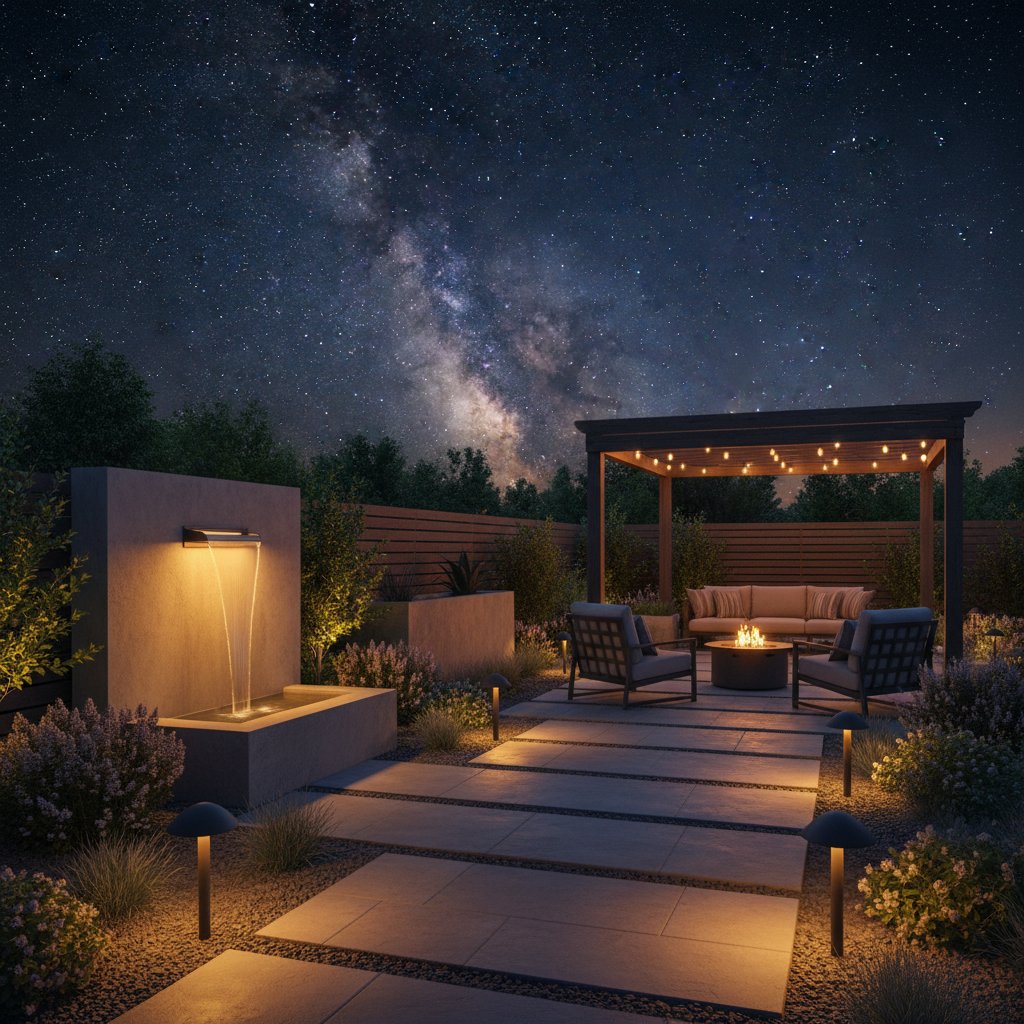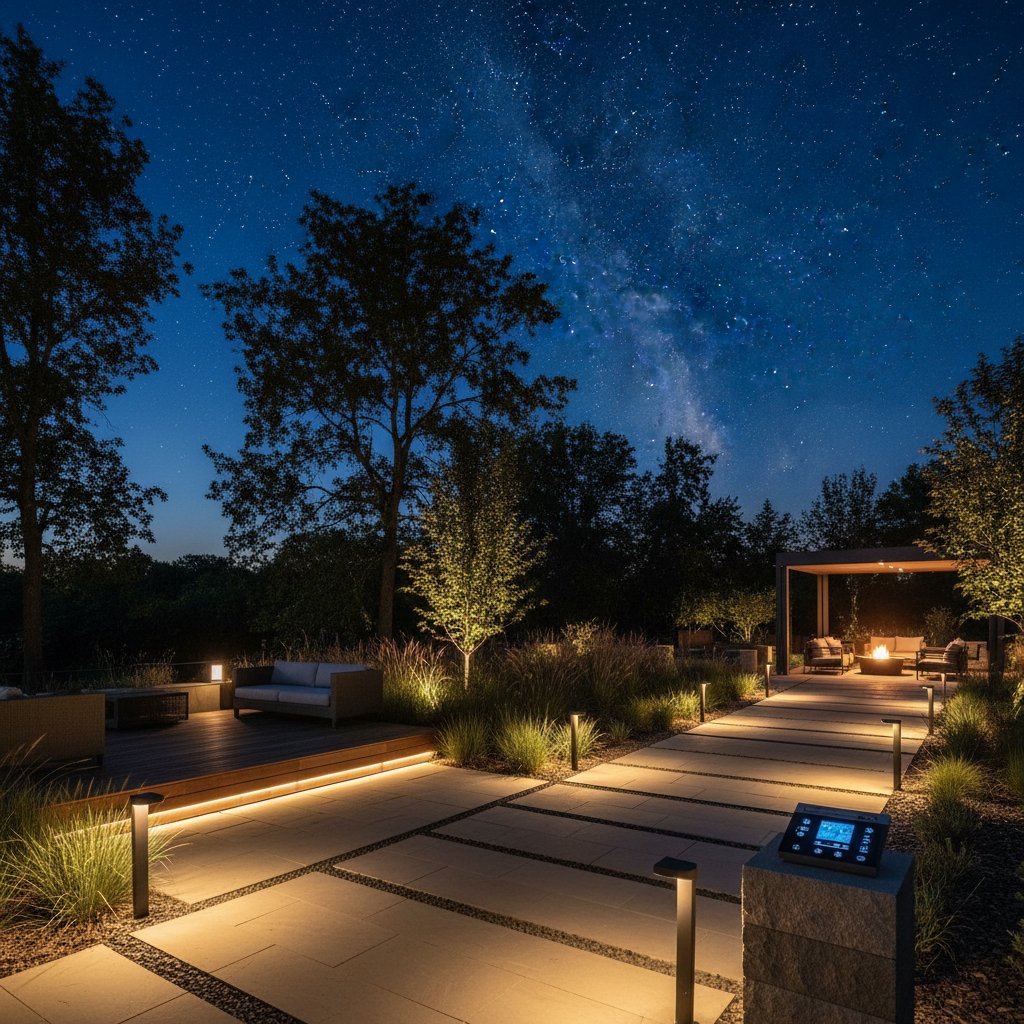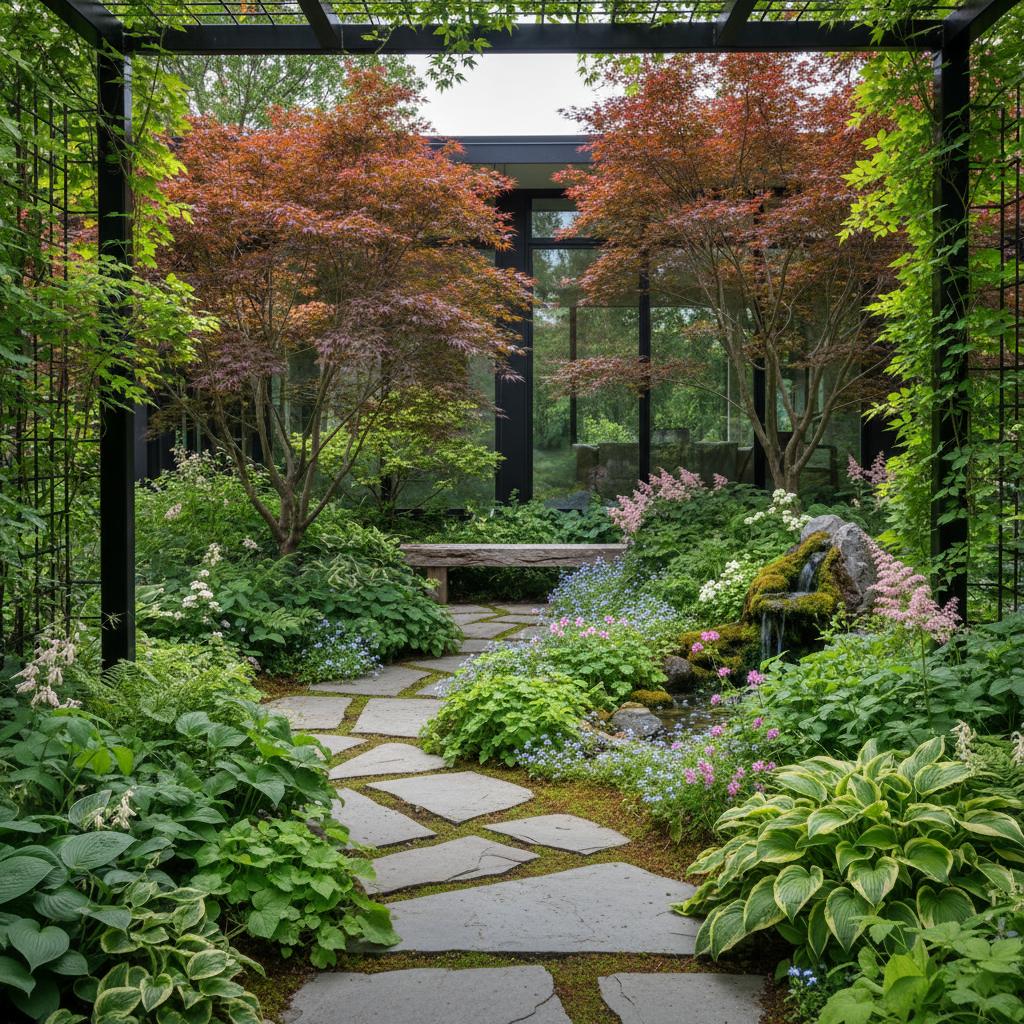Why Dark Sky Lights Matter for 2025 Outdoor Design
Outdoor lighting enhances comfort, security, and visual appeal around the home. However, traditional setups often contribute to light pollution, diminishing the beauty of natural night skies. Homeowners increasingly adopt dark sky lighting to address this issue. These specialized fixtures direct illumination downward, minimize glare, and support environmental health, making them essential for modern outdoor projects.
Understanding Dark Sky Lighting
Dark sky lighting consists of fixtures engineered to contain light within intended areas. The primary objective involves illuminating surfaces like pathways and entryways without upward spill. This approach produces a gentle, targeted glow that aids navigation while maintaining sky clarity.
The dark sky initiative emerged to counter the proliferation of unchecked artificial light. Excessive illumination disrupts ecosystems, alters human circadian rhythms, and escalates energy consumption. Selecting shielded designs with appropriate intensity allows for functional outdoor areas that coexist with pristine night environments.
How Light Pollution Affects You
Light pollution extends beyond abstract concerns; it directly impacts daily experiences. Uncontrolled light creates harsh glare, complicating adaptation to dimmer conditions and straining eyesight during evening activities. Nocturnal species, including bats that hunt insects and amphibians that navigate by moonlight, suffer from altered behaviors and habitats.
In residential settings, spillover from bright fixtures invades neighboring properties, eroding privacy and sparking disputes. It also inflates utility bills through inefficient usage. Opting for dark sky compliant options fosters harmony, lowers expenses, and cultivates respectful community spaces.
Features of Dark Sky Friendly Fixtures
Seek out products certified as dark sky compliant or full cutoff during purchases. Such labels indicate that the light source remains shielded from view above the horizontal line, ensuring no upward or sideways escape. This design confines brightness to ground level for optimal effect.
Key attributes include:
- Fully shielded enclosures that channel light strictly downward
- Bulbs with warm color temperatures below 3000 Kelvin for inviting ambiance
- Moderate lumen ratings, such as 800 to 1200 for pathways, to avoid overexposure
- Integrated motion detectors or photocell timers that activate only when required
These elements enhance efficacy while promoting conservation.
Cost and Installation Considerations
Dark sky fixtures span budget-friendly to premium tiers. Entry-level wall-mounted options start at comparable prices to conventional models, often around $50 to $100. Luxurious variants with durable brass or copper finishes may exceed $200, yet their efficiency yields savings over time through reduced electricity and replacement needs.
Mounting these lights mirrors standard procedures. Swap them into existing post or wall housings with minimal adjustments. For new circuits, engage a certified electrician to comply with building codes and safety standards. Verify alignment with municipal ordinances, as many areas mandate dark sky features in new installations.
Design Benefits for Your Home
Beyond practicality, dark sky lighting elevates landscape aesthetics. Precise illumination accentuates architectural details, such as stone facades or foliage contours, adding dimension without overwhelming the scene. Pathways emerge as defined routes, while planting beds retain subtle shadows for depth.
This method boosts property value through refined curb appeal. Visitors navigate confidently, perceiving the home as welcoming and sophisticated. Versatile styles accommodate various architectures: minimalist black aluminum for contemporary homes, or seeded glass lanterns for cottage charm, all with essential shielding.
Maintenance and Longevity
Routine upkeep for dark sky lights parallels that of ordinary installations. Wipe lenses quarterly to remove debris, and inspect for insect accumulation that could diffuse output. Predominant LED integrations endure up to 50,000 hours, minimizing bulb changes and power draw.
Test automated components like sensors annually, adjusting sensitivity to balance responsiveness and conservation. Proper care ensures sustained performance, preserving both functionality and the fixture's contribution to sky protection.
Integrating Responsibility into Outdoor Lighting
Adopting dark sky principles transcends mere compliance; it shapes ethical living spaces. Each downward-directed fixture aids in conserving celestial views and bolstering biodiversity. Homeowners gain assurance from setups that deliver beauty, efficiency, and consideration for surroundings.
Steps to Upgrade Your Outdoor Lighting
Assess your current system after dusk, noting instances of wasteful spill. Prioritize replacements in high-impact zones, such as driveways or patios, with certified dark sky alternatives. Consult specialists at local centers for recommendations tailored to your aesthetic and functional needs.
Implement changes incrementally to observe improvements in visibility and ambiance. These adjustments yield outdoor havens that harmonize human enjoyment with natural preservation, ensuring clear stars overhead for generations.



